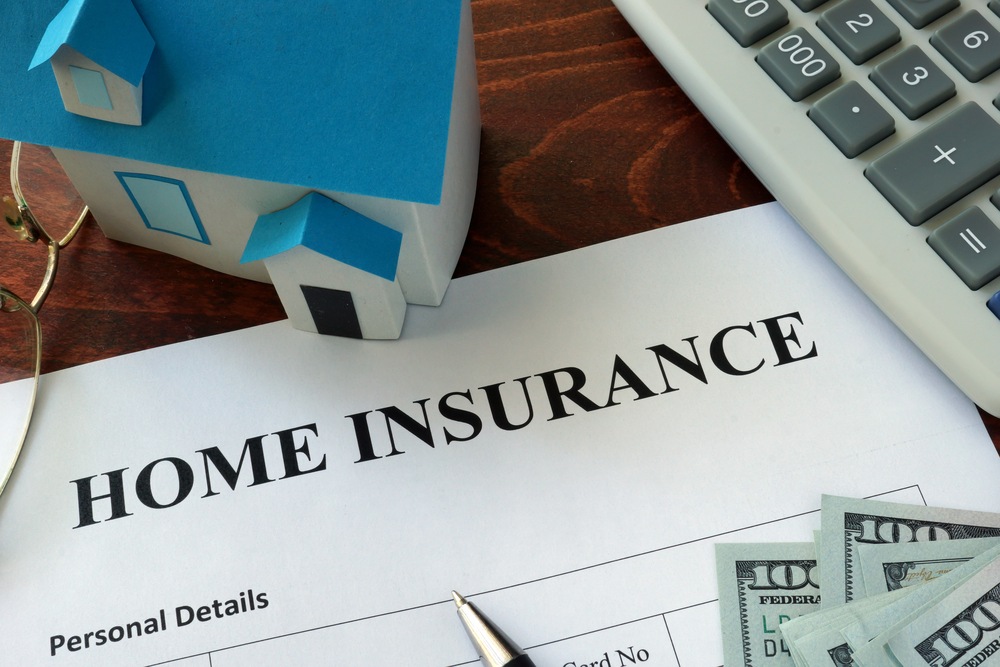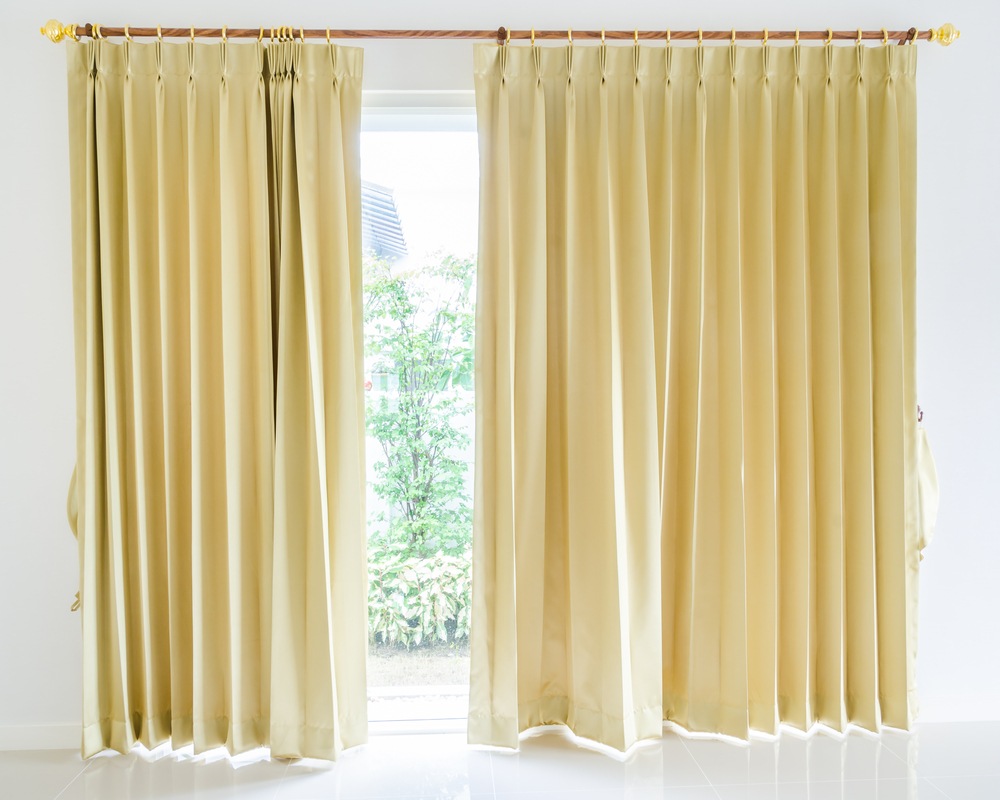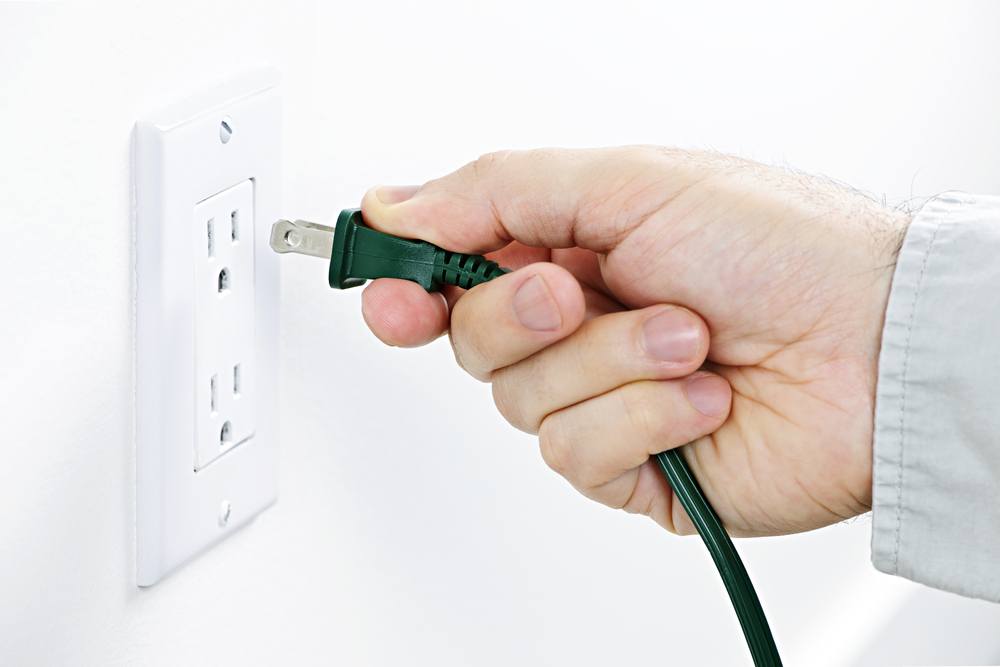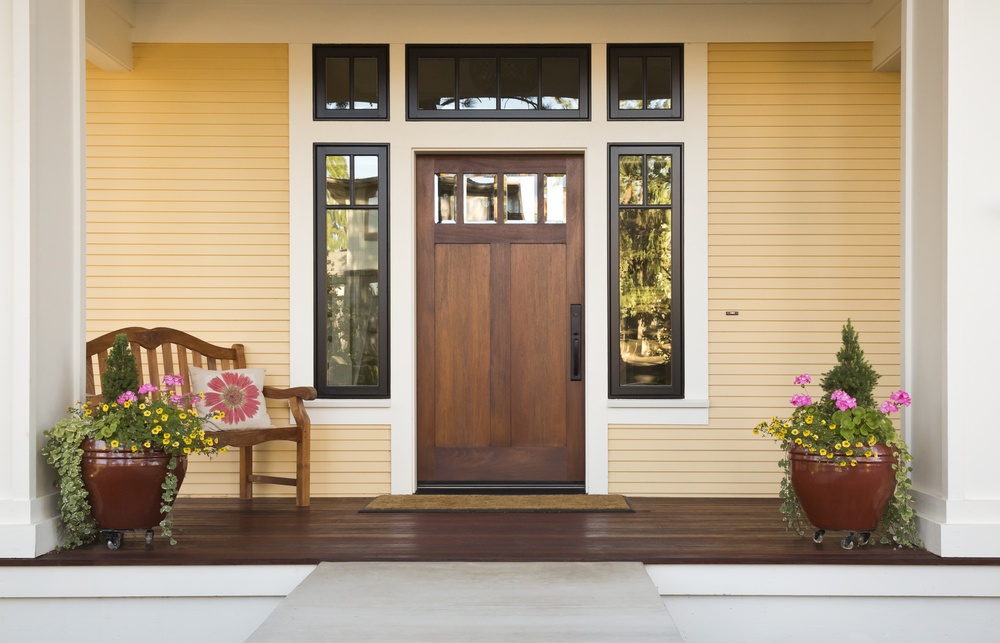 Sliding glass doors can make a beautiful addition to your home, letting in lots of natural light, creating a nice view of your yard, and giving you a convenient way for you to get to your deck or patio. However, just like any other type of door or window, sliding glass doors can pose a security risk.
Sliding glass doors can make a beautiful addition to your home, letting in lots of natural light, creating a nice view of your yard, and giving you a convenient way for you to get to your deck or patio. However, just like any other type of door or window, sliding glass doors can pose a security risk.
Since so much of the door is glass, it’s easy for burglars to see what’s in your home and break through the glass if they want in. During the warmer months, many homeowners aren’t as good about keeping their sliding glass door locked since they’re frequently going in and out of the house. Plus, since sliding glass doors are often located in the back of homes, burglars like that they’re a less obvious way to get in. But the good news is that there are many different things you can do to make your sliding glass door more secure.
Extra Locks
Although sliding glass doors do come with locks, but they’re usually not very strong locks. For extra security, you should consider adding extra locks which attach both to the door itself and the frame of the door. Not only do these make the door harder to get open even while locked, the fact that these extra locks attach to both the frame and the door means it’s harder for a burglar to try lifting the door out of its tracks.
Security Rods
Security rods or dowels placed in the track of the door is another great way to make a sliding glass door more secure. These will make it hard for a burglar to fully open your door and are particularly effective if used together with stronger locks.
Window Films
The fact that so much of a doorwall is made out of glass will always be a vulnerability, but there are still things you can do to reduce the risk of a break in. If you’re looking to have your sliding glass door replaced, you can specifically look for an impact-resistant door. But if you want to boost the security of an existing door, apply shatter-resistant window films. These films are inexpensive, easy to apply, can be cut to any size, and they can be found at hardware and home improvement stores. If you want to make it harder for burglars to see inside your home, you might want to look for tinted window films to add privacy.
Security Sensors
A security sensor won’t stop a burglar from trying to force your sliding glass door open, but they will cause enough of a racket to hopefully make a burglar stop from going any further. Some sensors will only alert you if someone tries to open the door without permission, but there are also shatter alarms which alert you if someone tries breaking the glass. If you already have a home security system, the company you have your service through may offer this sort of coverage as options. But even if you don’t have a home security system, you can still buy standalone security and shatter sensors.









